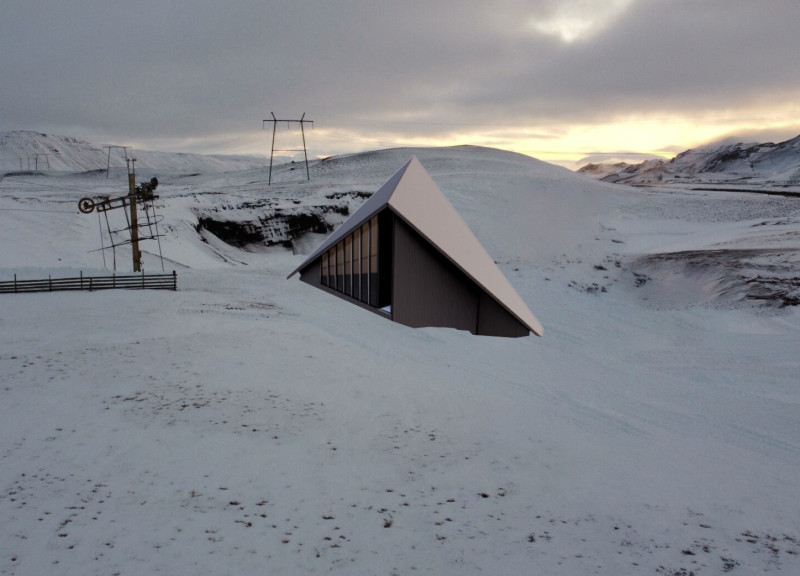5 key facts about this project
At first glance, the project exemplifies a harmonious blend of modern materials and innovative structural approaches. The exterior facade showcases a combination of glass and sustainable materials, allowing natural light to permeate the interiors while connecting the occupants with the outside environment. This deliberate choice of materials not only enhances the visual appeal but also emphasizes the project's commitment to sustainability. The use of local stone and recycled metals further underscores the architecture's ecological considerations, showcasing how modern design can respect and reflect its geographical context.
Moving into the details of the design, the layout is organized with both efficiency and comfort in mind. Open spaces foster interaction and encourage a sense of community among users, while strategically placed walls and partitions provide necessary privacy without sacrificing open flow. The arrangement of rooms allows for a seamless transition from public to private areas, catering excellently to both social gatherings and quiet moments. This functional zoning is particularly noteworthy and demonstrates a strong grasp of user experience within architectural design.
The building features an array of unique design approaches that challenge traditional concepts. One such approach is the integration of green roofs and living walls, which not only enhances the aesthetic quality but also contributes to the building’s overall environmental performance. These features serve to reduce urban heat, improve air quality, and promote biodiversity, aligning the design with contemporary environmental goals. Furthermore, the architectural elements incorporate passive design strategies that optimize energy efficiency. Windows are strategically placed to maximize daylight while minimizing heat gain, showcasing a thoughtful response to the climate of the region.
Attention to detail is evident throughout the project. The interior spaces are finished with high-quality materials that are both durable and visually appealing. Textured surfaces, colored accents, and carefully chosen furnishings create an inviting atmosphere conducive to various activities. Design elements such as built-in shelving and flexible workspace options reflect a practical understanding of how architectural design can enhance functionality.
Distinctive design features also extend to the aesthetic language of the architecture. The use of bold geometric forms creates a sense of rhythm and movement, drawing the eye upwards and inviting exploration. The interplay of light and shadow throughout the day alters the building's appearance, evoking a dynamic relationship with its surroundings. Each angle reveals a new perspective, encouraging engagement with the architecture on multiple levels.
Ultimately, this project stands as a testament to how thoughtful architectural design can create spaces that are not only functional but also enrich the lives of those who inhabit or visit them. It prompts a re-evaluation of how architecture can respond to local conditions while embodying modern ideals of sustainability and community engagement. For readers interested in learning more about the architectural nuances of this project, examining the architectural plans, architectural sections, and architectural designs will provide deeper insights into the creative process and the underlying ideas that shape this work. Engage with the project presentation to explore these elements further.


























